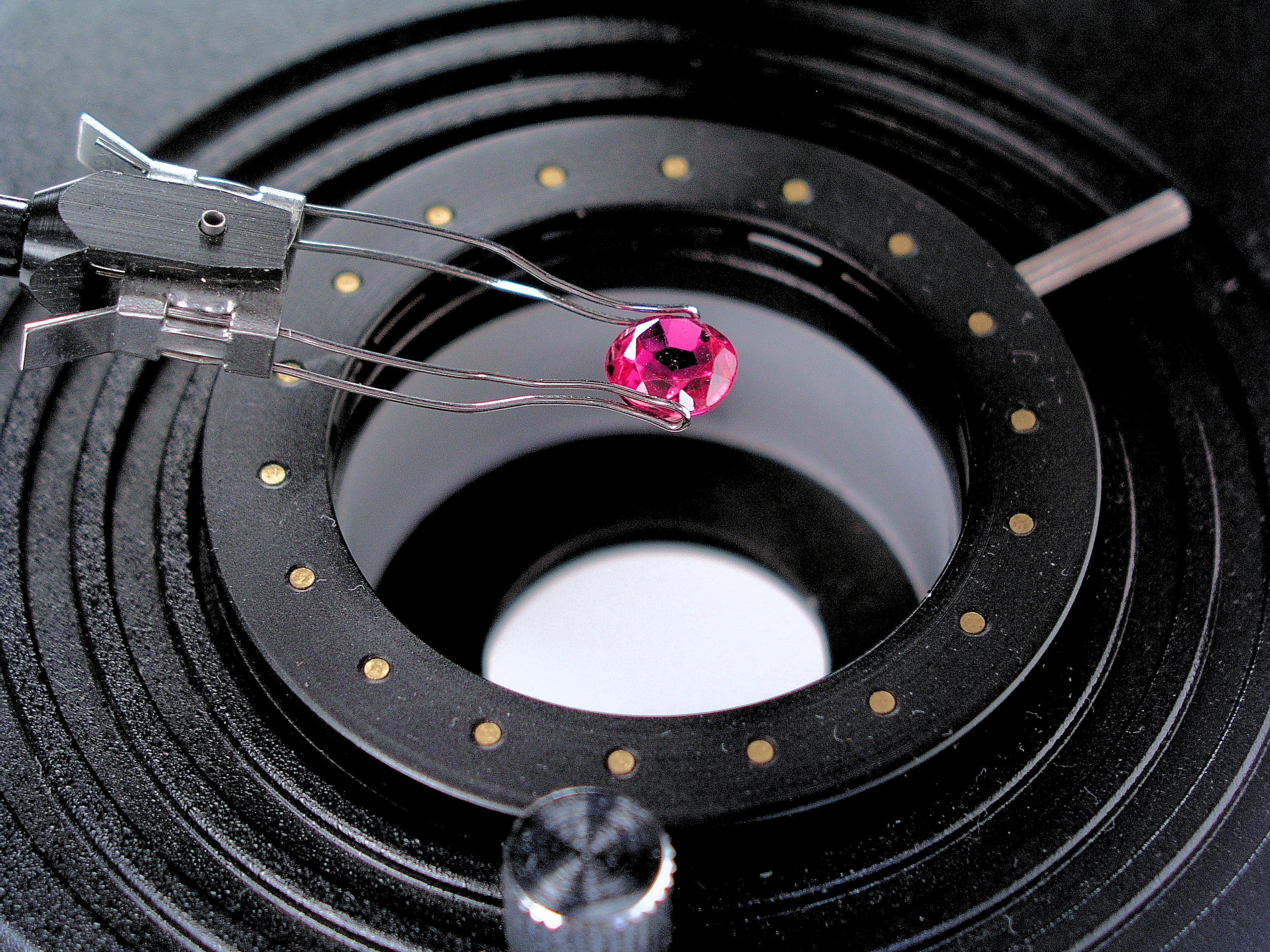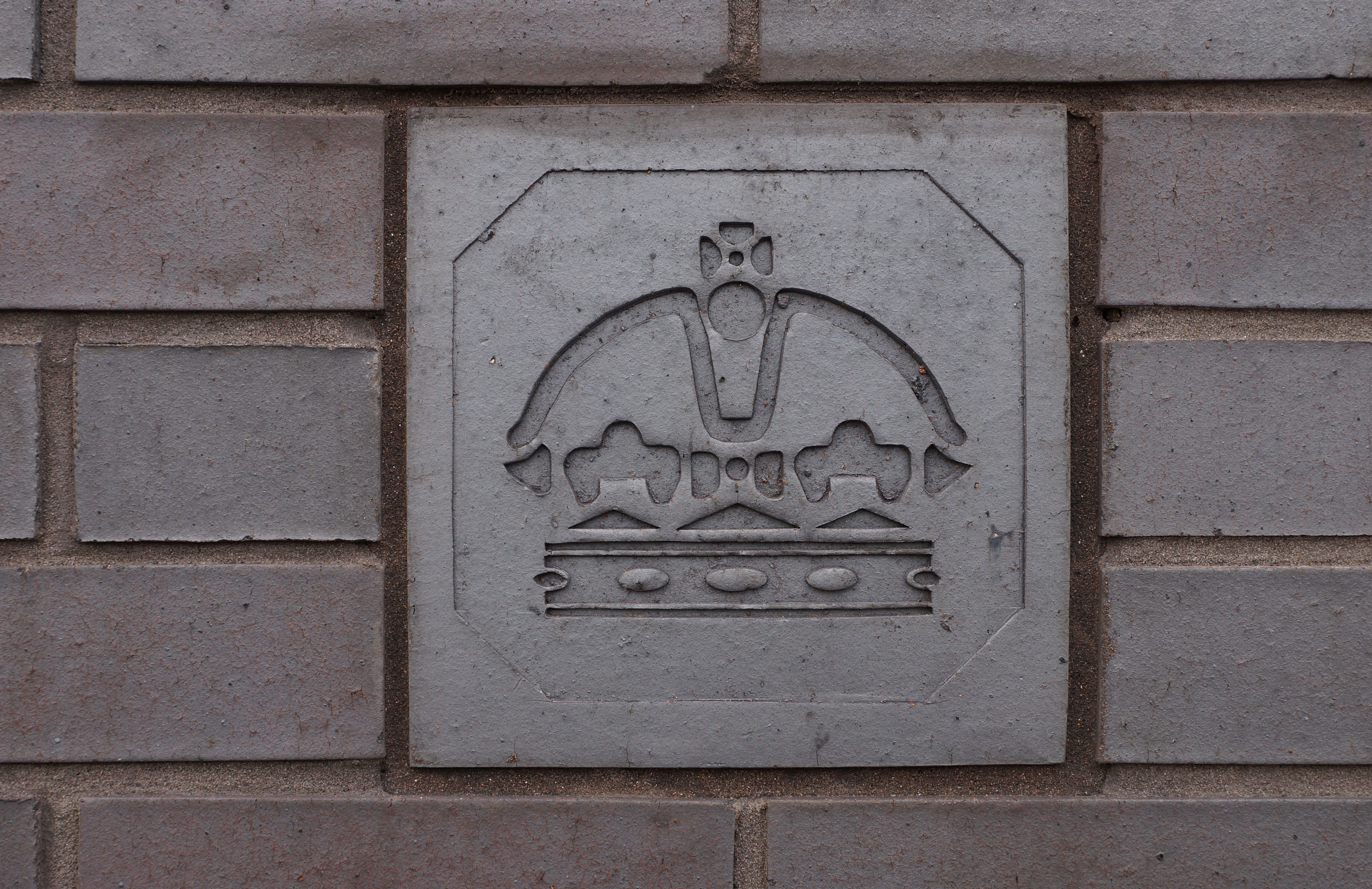|
Memorial Diamond
Memorial diamonds are lab-grown diamonds that are promoted as being produced from carbon extracted from human or pet animal hair or cremated remains, cremation diamonds, that are provided to the producer by the customer. History The first lab-made diamonds can be dated back to the 1950s, and memorial diamonds started to appear in the market in the early 2000s. More than one company has claimed to be the first to provide memorial diamonds, and both Heart In Diamond and LifeGem have claimed to have a patent covering the growing of a "personalized gem diamond". Production process Memorial diamonds are produced using hair or ashes, often with other carbon ("lab carbon") added. In case of hair, it is subjected to heat treatment to extract carbon. Some laboratories also analyze the content of hair. A hair analysis report then serves as a client assurance. The process of unique identification of a diamond and a person based on the hair composition is described in the diamond patent ... [...More Info...] [...Related Items...] OR: [Wikipedia] [Google] [Baidu] |
Lab-grown Diamond
Lab-grown diamond (LGD; also called laboratory-grown, laboratory-created, man-made, artisan-created, artificial, synthetic, or cultured diamond) is diamond that is produced in a controlled technological process (in contrast to naturally formed diamond, which is created through geological processes and obtained by mining). Unlike diamond simulants (imitations of diamond made of superficially-similar non-diamond materials), synthetic diamonds are composed of the same material as naturally formed diamonds – pure carbon crystallized in an isotropic 3D form – and share identical chemical and physical properties. Numerous claims of diamond synthesis were reported between 1879 and 1928; most of these attempts were carefully analyzed but none was confirmed. In the 1940s, systematic research of diamond creation began in the United States, Sweden and the Soviet Union, which culminated in the first reproducible synthesis in 1953. Further research activity yielded the discoveries of ... [...More Info...] [...Related Items...] OR: [Wikipedia] [Google] [Baidu] |
Hair
Hair is a protein filament that grows from follicles found in the dermis. Hair is one of the defining characteristics of mammals. The human body, apart from areas of glabrous skin, is covered in follicles which produce thick terminal and fine vellus hair. Most common interest in hair is focused on hair growth, hair types, and hair care, but hair is also an important biomaterial primarily composed of protein, notably alpha-keratin. Attitudes towards different forms of hair, such as hairstyles and hair removal, vary widely across different cultures and historical periods, but it is often used to indicate a person's personal beliefs or social position, such as their age, sex, or religion. Overview The word "hair" usually refers to two distinct structures: #the part beneath the skin, called the hair follicle, or, when pulled from the skin, the bulb or root. This organ is located in the dermis and maintains stem cells, which not only re-grow the hair after it falls out, b ... [...More Info...] [...Related Items...] OR: [Wikipedia] [Google] [Baidu] |
Cremated Remains
Cremation is a method of final disposition of a dead body through burning. Cremation may serve as a funeral or post-funeral rite and as an alternative to burial. In some countries, including India and Nepal, cremation on an open-air pyre is an ancient tradition. Starting in the 19th century, cremation was introduced or reintroduced into other parts of the world. In modern times, cremation is commonly carried out with a closed furnace (cremator), at a crematorium. Cremation leaves behind an average of 2.4 kg (5.3 lbs) of remains known as "ashes" or "cremains". This is not all ash but includes unburnt fragments of bone mineral, which are commonly ground into powder. They do not constitute a health risk and may be buried, interred in a memorial site, retained by relatives or scattered in various ways. History Ancient Cremation dates from at least 17,000 years ago in the archaeological record, with the Mungo Lady, the remains of a partly cremated body found at Lake ... [...More Info...] [...Related Items...] OR: [Wikipedia] [Google] [Baidu] |
Synthetic Diamond
Lab-grown diamond (LGD; also called laboratory-grown, laboratory-created, man-made, artisan-created, artificial, synthetic, or cultured diamond) is diamond that is produced in a controlled technological process (in contrast to naturally formed diamond, which is created through geological processes and obtained by mining). Unlike diamond simulants (imitations of diamond made of superficially-similar non-diamond materials), synthetic diamonds are composed of the same material as naturally formed diamonds – pure carbon crystallized in an isotropic 3D form – and share identical chemical and physical properties. Numerous claims of diamond synthesis were reported between 1879 and 1928; most of these attempts were carefully analyzed but none was confirmed. In the 1940s, systematic research of diamond creation began in the United States, Sweden and the Soviet Union, which culminated in the first reproducible synthesis in 1953. Further research activity yielded the discoveries of HP ... [...More Info...] [...Related Items...] OR: [Wikipedia] [Google] [Baidu] |
Gemological
Gemology or gemmology is the science dealing with natural and artificial gemstone materials. It is a geoscience and a branch of mineralogy. Some jewelers (and many non-jewelers) are academically trained gemologists and are qualified to identify and evaluate gems. History Rudimentary education in gemology for jewellers and gemologists began in the nineteenth century, but the first qualifications were instigated after the National Association of Goldsmiths of Great Britain (NAG) set up a Gemmological Committee for this purpose in 1908. This committee matured into the Gemmological Association of Great Britain (also known as Gem-A), now an educational charity and accredited awarding body with its courses taught worldwide. The first US graduate of Gem-A's diploma course, in 1929, was Robert Shipley, who later established both the Gemological Institute of America and the American Gem Society. There are now several professional schools and associations of gemologists and certifica ... [...More Info...] [...Related Items...] OR: [Wikipedia] [Google] [Baidu] |
Gemological Institute Of America
The Gemological Institute of America (GIA) is a nonprofit institute based in Carlsbad, California. It is dedicated to research and education in the field of gemology and the jewelry arts. Founded in 1931, GIA's mission is to protect buyers and sellers of gemstones by setting and maintaining the standards used to evaluate gemstone quality. The institute does so through research, gem identification and diamond grading services and a variety of educational programs. Through its library and subject experts, GIA acts as a resource of gem and jewelry information for the trade, the public and media outlets. In 1953 the GIA developed its International Diamond Grading System and the "four Cs" (cut, clarity, color, and carat weight) as a standard to compare and evaluate the quality of diamonds. Today, the institute is headquartered in Carlsbad, California and operates in 13 countries, with 11 campuses, 9 laboratories and 4 research centers. History The story of the GIA begins in the 1 ... [...More Info...] [...Related Items...] OR: [Wikipedia] [Google] [Baidu] |
Birmingham Assay Office
The Birmingham Assay Office, one of the four assay offices in the United Kingdom, is located in the Jewellery Quarter, Birmingham, Jewellery Quarter, Birmingham. The development of a silver industry in 18th century Birmingham was hampered by the legal requirement that items of solid silver be assayed, and the nearest Assay Offices were in Chester and London. Matthew Boulton and Birmingham's other great industrialists joined forces with silversmiths of Sheffield to petition Parliament of the United Kingdom, Parliament for the establishment of Assay Offices in their respective cities. In spite of determined opposition by London silversmiths, an Act of Parliament was passed in March 1773, just one month after the original petition was presented to Parliament, to allow Birmingham and Sheffield the right to assay silver. The Birmingham Assay Office opened on 31 August 1773 and initially operated from three rooms in the ''King's Head Inn'' on New Street, Birmingham, New Street employi ... [...More Info...] [...Related Items...] OR: [Wikipedia] [Google] [Baidu] |
Monuments And Memorials
A monument is a type of structure that was explicitly created to commemorate a person or event, or which has become relevant to a social group as a part of their remembrance of historic times or cultural heritage, due to its artistic, historical, political, technical or architectural importance. Some of the first monuments were dolmens or menhirs, megalithic constructions built for religious or funerary purposes. Examples of monuments include statues, (war) memorials, historical buildings, archaeological sites, and cultural assets. If there is a public interest in its preservation, a monument can for example be listed as a UNESCO World Heritage Site. Etymology It is believed that the origin of the word "monument" comes from the Greek ''mnemosynon'' and the Latin ''moneo'', ''monere'', which means 'to remind', 'to advise' or 'to warn', however, it is also believed that the word monument originates from an Albanian word 'mani men' which in Albanian language means 'remember ... [...More Info...] [...Related Items...] OR: [Wikipedia] [Google] [Baidu] |





